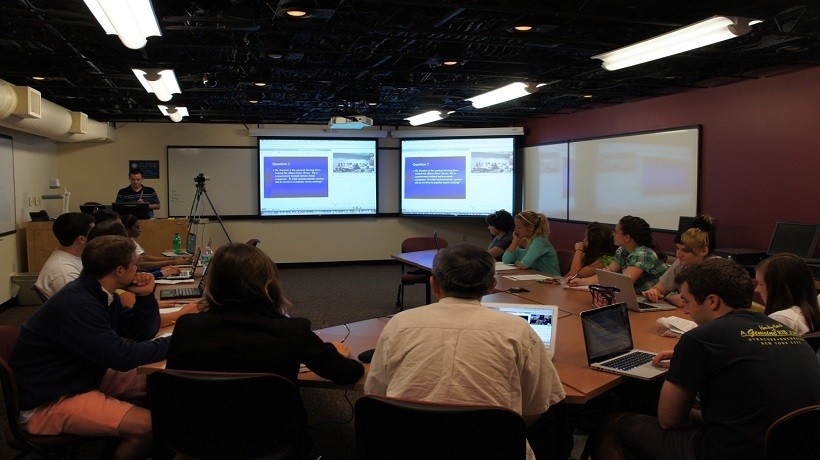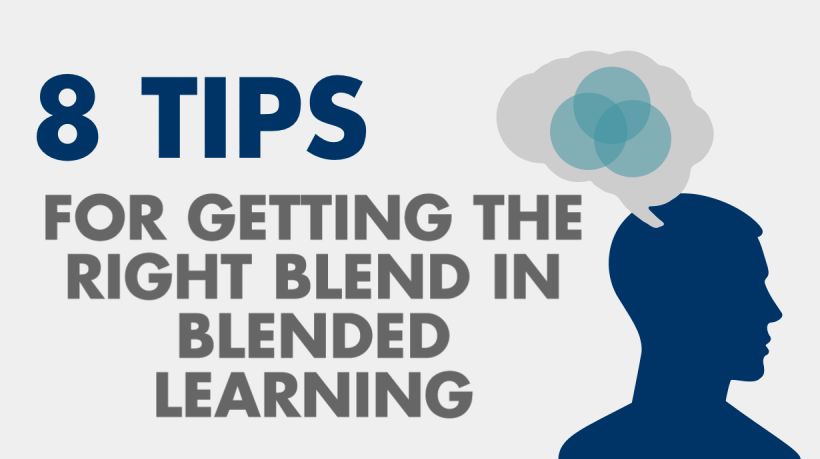March 13, 2017
3 Easy Ways To Add Blended Learning To Employee Onboarding
In this overview, I will describe why blended learning deserves a top place on any list of trends in corporate training for 2017, since it is one of the easiest ways for learning managers to add flexibility and personalization to training while still measuring the ROI for their learning projects.
by Kristin Garn











